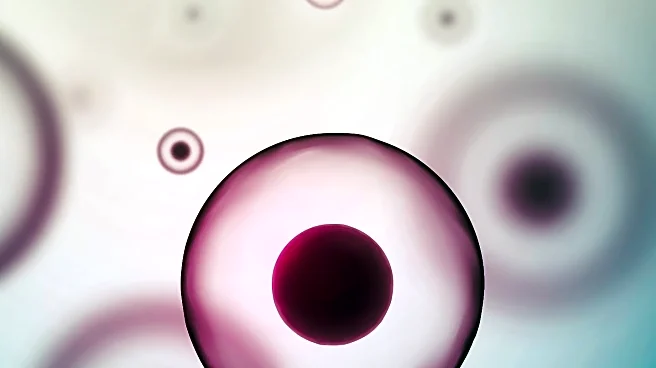What's Happening?
The 6th Gene Therapy for Ophthalmic Disorders Summit is set to take place in Raleigh in 2025, bringing together biopharma scientists, clinicians, regulators, and investors. The summit aims to accelerate the development of safe, effective, and durable gene therapies for both rare and prevalent ocular diseases. Participants will discuss clinical updates, delivery innovations, and regulatory strategies to ensure that vision-restoring therapies reach patients efficiently. The event will feature insights from companies like Ocugen, Adverum, Atsena, 4DMT, and Beacon Therapeutics, focusing on preclinical innovations and comparative delivery strategies.
Why It's Important?
The summit is crucial for advancing ophthalmic gene therapy beyond proof of concept, addressing the challenges of endpoints, funding, and safety to de-risk and accelerate development. It provides a platform for sharing clinical insights and innovations that could lead to breakthroughs in treating ocular diseases. The participation of leading companies and experts highlights the collaborative effort to drive the field forward, potentially improving patient outcomes and expanding treatment options for vision-related disorders.
What's Next?
The summit will offer three days of focused learning across discovery, translational, and clinical development, with over 18 expert speakers sharing data-driven insights. Attendees will have the opportunity to network with pioneers and decision-makers in ophthalmic gene therapy, potentially influencing future research and development directions. The balanced agenda covering both rare and prevalent retinal diseases suggests ongoing efforts to address diverse patient needs.
Beyond the Headlines
The summit's focus on both rare and prevalent retinal diseases underscores the ethical and societal importance of developing treatments that cater to a wide range of patients. The collaboration among industry leaders may lead to long-term shifts in how gene therapies are developed and delivered, potentially setting new standards for safety and efficacy in the field.












